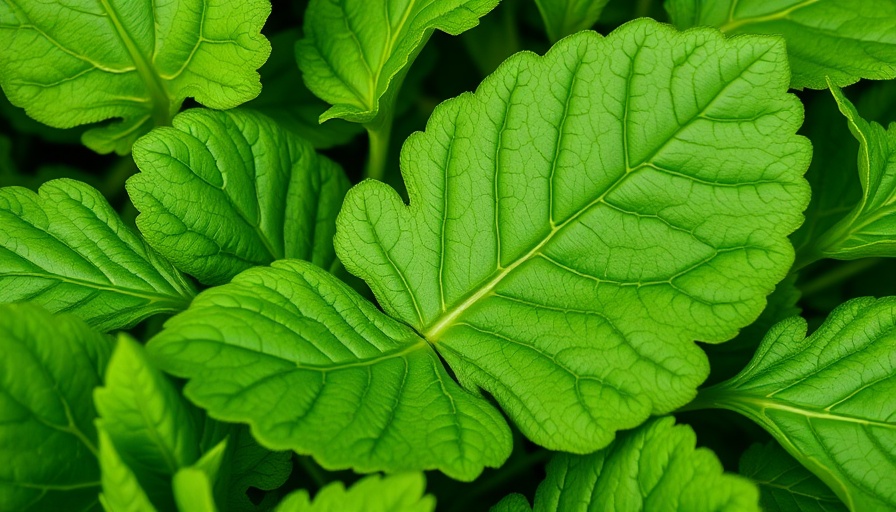
Unlocking the Secrets of Horseradish Cultivation at Home
Imagine stepping into your garden and harvesting a punchy root vegetable known for its bold, zesty flavor. Horseradish, a perennial plant, offers a unique addition to your garden and culinary endeavors. Growing horseradish at home is not only rewarding but also relatively simple if you understand its needs and your local growing conditions.
Understanding Horseradish: A Flavored History
Originating from Eastern Europe, horseradish has been cultivated for centuries for its medicinal properties as well as its culinary applications. Used as a condiment in many dishes, it adds heat to sauces, meats, and fish. Beyond its culinary value, horseradish also boasts therapeutic benefits, including potential digestive aid. With its storied past, including usage in traditional medicine, learning about horseradish deepens your appreciation for this robust root.
Choosing the Right Conditions for Growth
Horseradish thrives in well-drained, loamy soil enriched with organic matter. It prefers full sun but can tolerate partial shade. Ensure you select a planting site that receives at least six hours of sunlight daily. If your soil is heavy and clay-like, consider raised beds or planting directly into a rich compost blend to improve drainage. Adequate spacing is crucial; while horseradish cares less about close quarters, giving roots room to grow will yield better results.
Preparation and Planting Techniques
Once you've chosen the right location, prepare to plant by obtaining healthy horseradish roots, often sold in garden centers or online. Plant in early spring, ensuring a planting depth of about 2-3 inches while keeping the top exposed. Water thoroughly after planting and maintain moisture without over-saturating the soil. This balance will set the stage for healthy growth as roots establish themselves in their new environment.
The Importance of Care: Maintenance and Pest Control
Regular maintenance is key to a successful horseradish garden. Be vigilant about watering—roots need to remain moist, especially during dry spells—while avoiding saturated soil conditions. Weeds can be a nuisance; consider mulching around the base to suppress them naturally. As for pests, horseradish is generally resistant, but watch for common garden intruders like aphids or caterpillars. Immediate intervention with organic, non-toxic solutions can safeguard your crop.
Harvesting Horseradish: When and How to Do It
After 8-10 months of growing, the time for harvesting will arrive once the foliage wilts and browns. Gently dig around the root to avoid damage, and use a garden fork or spade for extraction. The roots are remarkably robust; however, be sure to leave some in the ground for next season's growth. Clean the harvested roots thoroughly and store them in a cool, dark place until ready for use in your favorite recipes.
Future Trends and Cultivation Insights
As gardening trends evolve, horseradish is regaining popularity for both its flavor and potential health benefits. Innovative gardening techniques, like hydroponics and vertical gardening, can facilitate horseradish growth even in urban settings where space is limited. Home gardeners are embracing these innovative methods, which allow for more sustainable practices while producing high-quality, nutrient-rich plants. Trends now favor self-sufficiency—growing one's food yields more than just economic savings, it nurtures a deeper connection with what we consume.
Take Action: Grow Your Own Horseradish Today
Whether you're a seasoned gardener or an enthusiastic novice, growing horseradish can be a fulfilling endeavor that enhances your culinary experiences. With just a small investment of time and resources, you can cultivate this remarkable root right in your backyard. Join the trend of home gardening and embrace the sustainability movement by planting your own horseradish.
 Add Row
Add Row  Add
Add 






Write A Comment